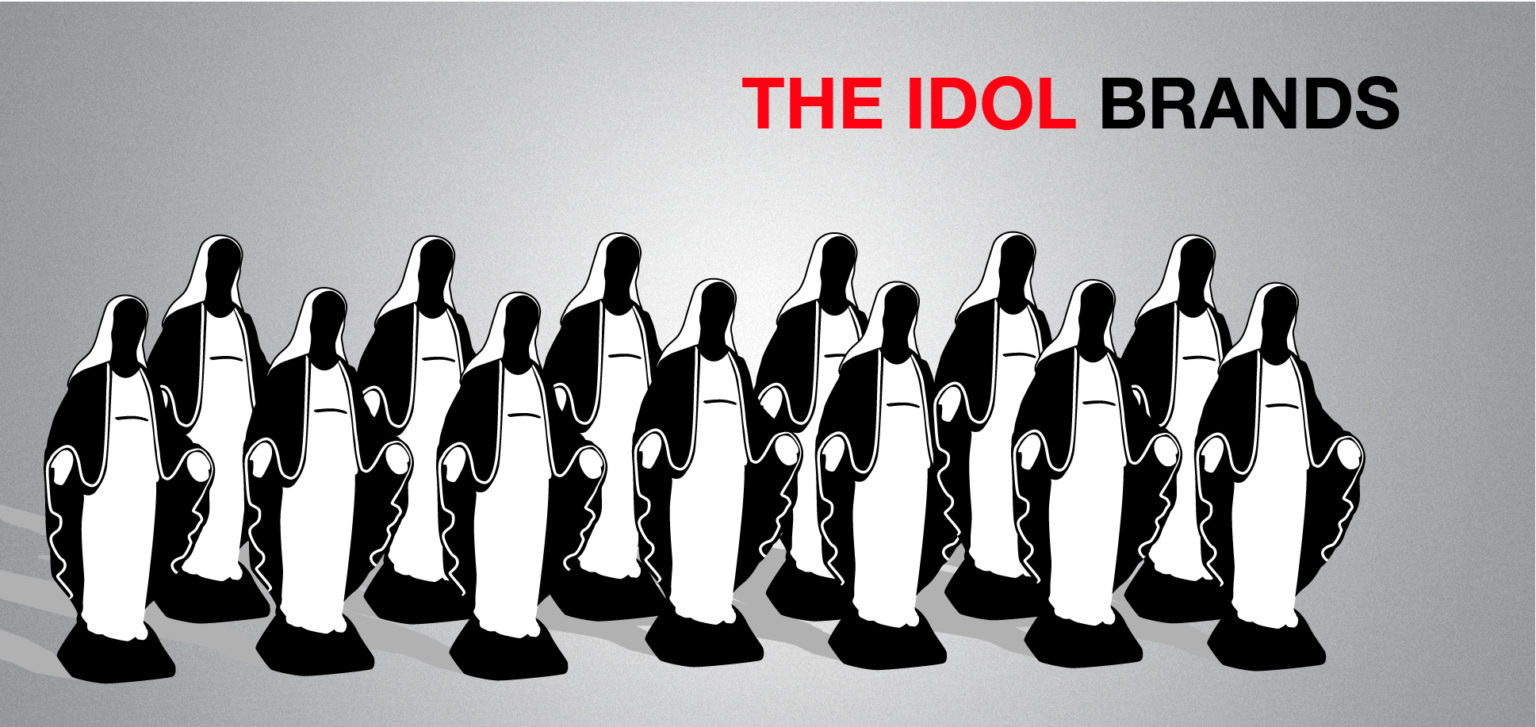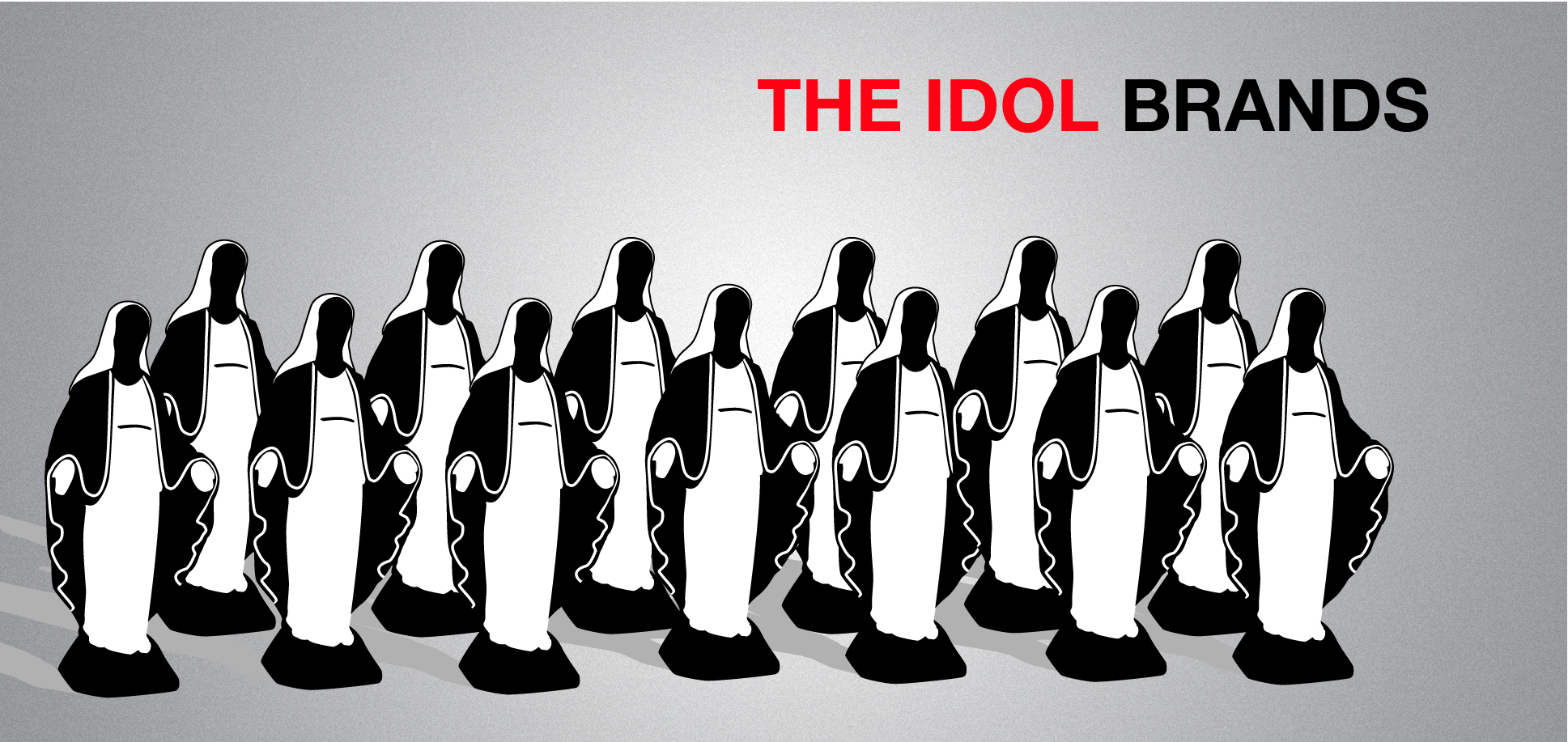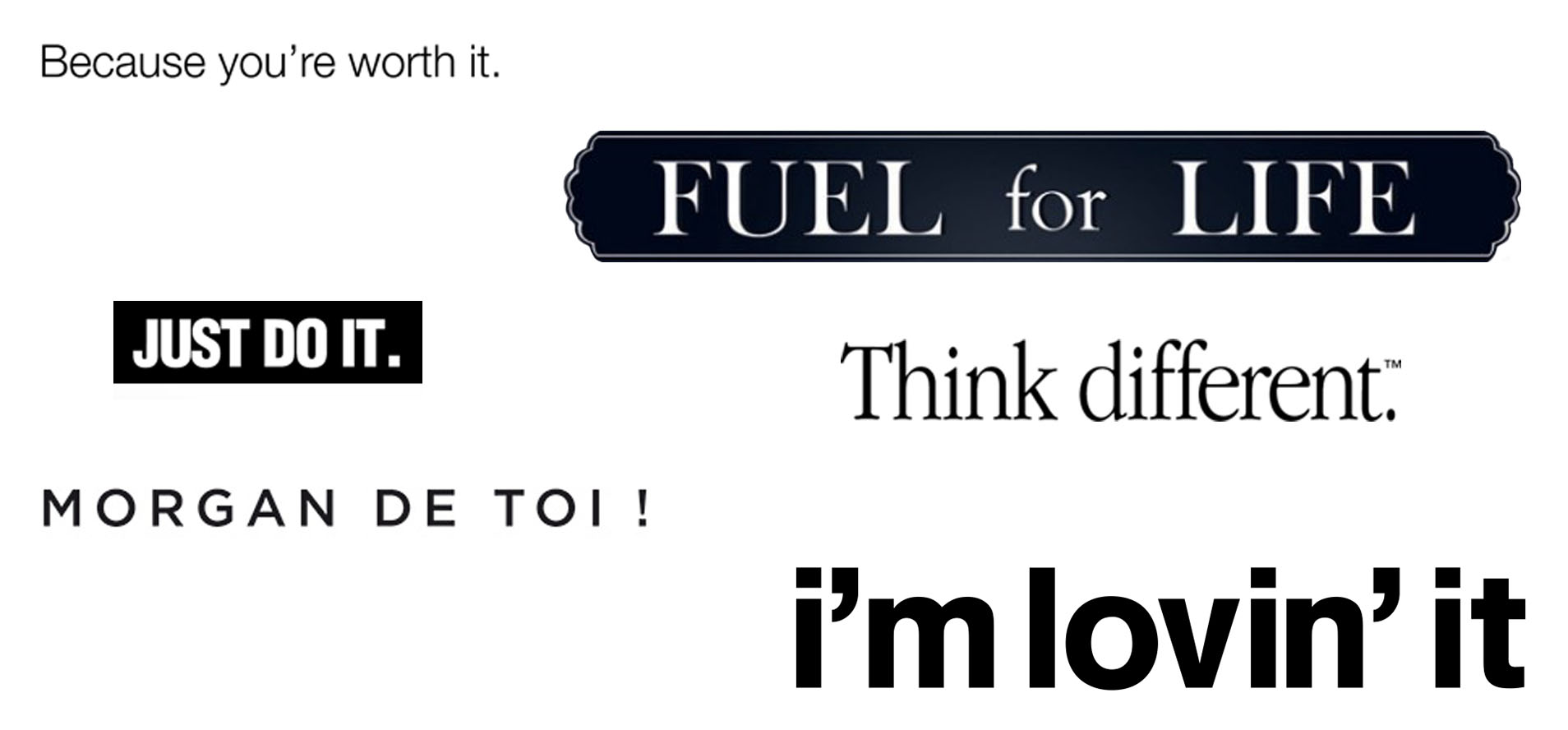
The End of the Lovebrands Cult
Lovebrands are shaking…
Less audience on managed media and a public who does not watch TV anymore, Lovebrands are facing ads blocking systems and banner blindness. It’s the end of an era.
The 20th century corresponded to the golden age of mass media advertising. Proof is the exponential number of billboards’ creation and the rising importance accorded to the TV in customers’ daily lives: on the streets, in advertising campaigns and in all medias, it had become the queen of all advertising distribution.
In this ecosystem where the auditor didn’t have any power, publications’ reach became the most important metric. A brand would reach its audience simply by showing its ads. To show and diffuse, that was all conquering was about. GRP or CPM became the credo of communication.
The brands, to become powerful, would optimize this reach. Thus, they have standardized their procedure and became Lovebrands.
A lovebrand is defined by Kevin Roberts according to a certain number of points (stories, myths and icons …). However, it can be identified via other distinctive marks: 1. A logo as incarnation
Lovebrands grew during the supermarkets era. Back then, they were almost the only point of contact with customers and the only diffusion place. That way, they became new era churches where logos would reign as cold statuettes.

2. In no way a logo can be generative or systemic

3. A color to determine the rank
An idol should be recognized as such quickly in an aisle and it should be immediately assimilated with the deity type which it belongs to. Thus, they have a mimetic behaviour.
Read: How to differentiate yourself from your competition via color

4. A baseline as a litany
The only ivory tower that Lovebrands have, consists of a slogan accompanied by its baseline. Just like prayers, they are repeated so many times that they tend not to be understood anymore. They can be funny, serious, value laden or descriptive. This combination is static and tends to set itself in stone by being printed on cardstock.

But today, those brands are not making profits anymore, they are annoying, they are challenged by new brands while their diffusion platforms are less and less used. Newspapers, TV and Radio’s audiences are getting lower and lower among the new generations.
Read: The rise of Superhero Brands
A new era…
From now on, one can interact with a brand (actually that was possible for more than 20 years thanks to the forum which preceded social media). But we don’t want to. These brands sound like broken records and we are tired to hear the same speech again and again. A Lovebrand is cold, distant, it doesn’t want a relationship, it wants consumers and only talks to those who can become clients.
Its chances of success are limited against the brands which, by getting interested in others and making real step towards dialogue, will establish contact and end up with creating a long-lasting relationship.
So even when classic channels are left behind, customers refuse this monologue and want to enter into dialogue, forcing brands to adopt new behaviors. While idol brands do not know how to exist anymore, another brand-type rises: the superhero brands.